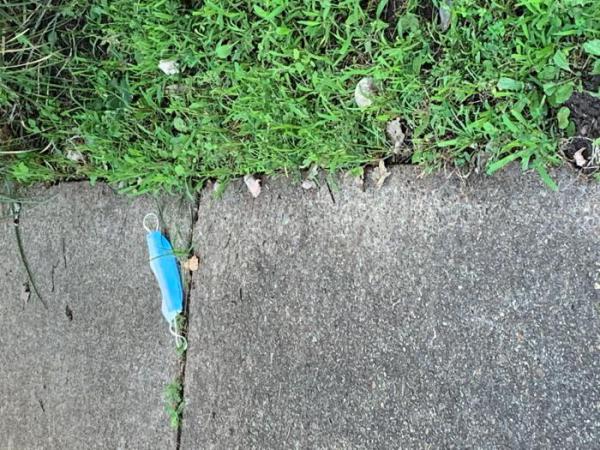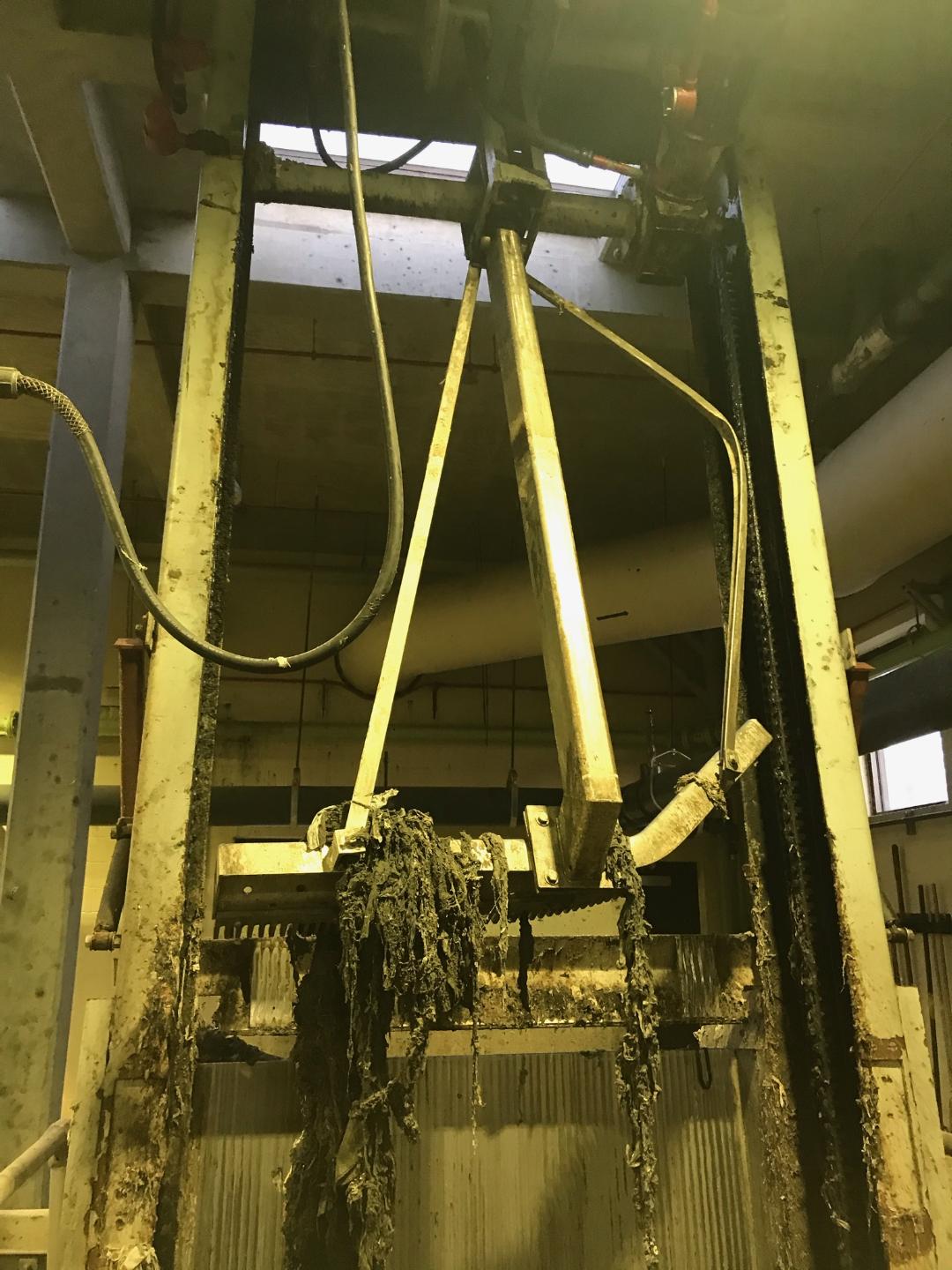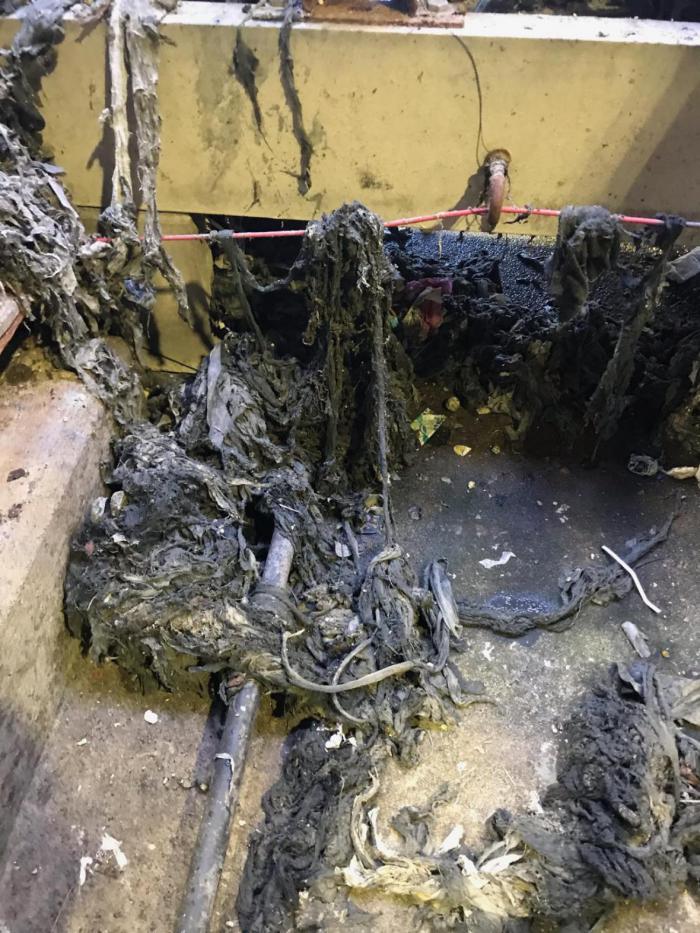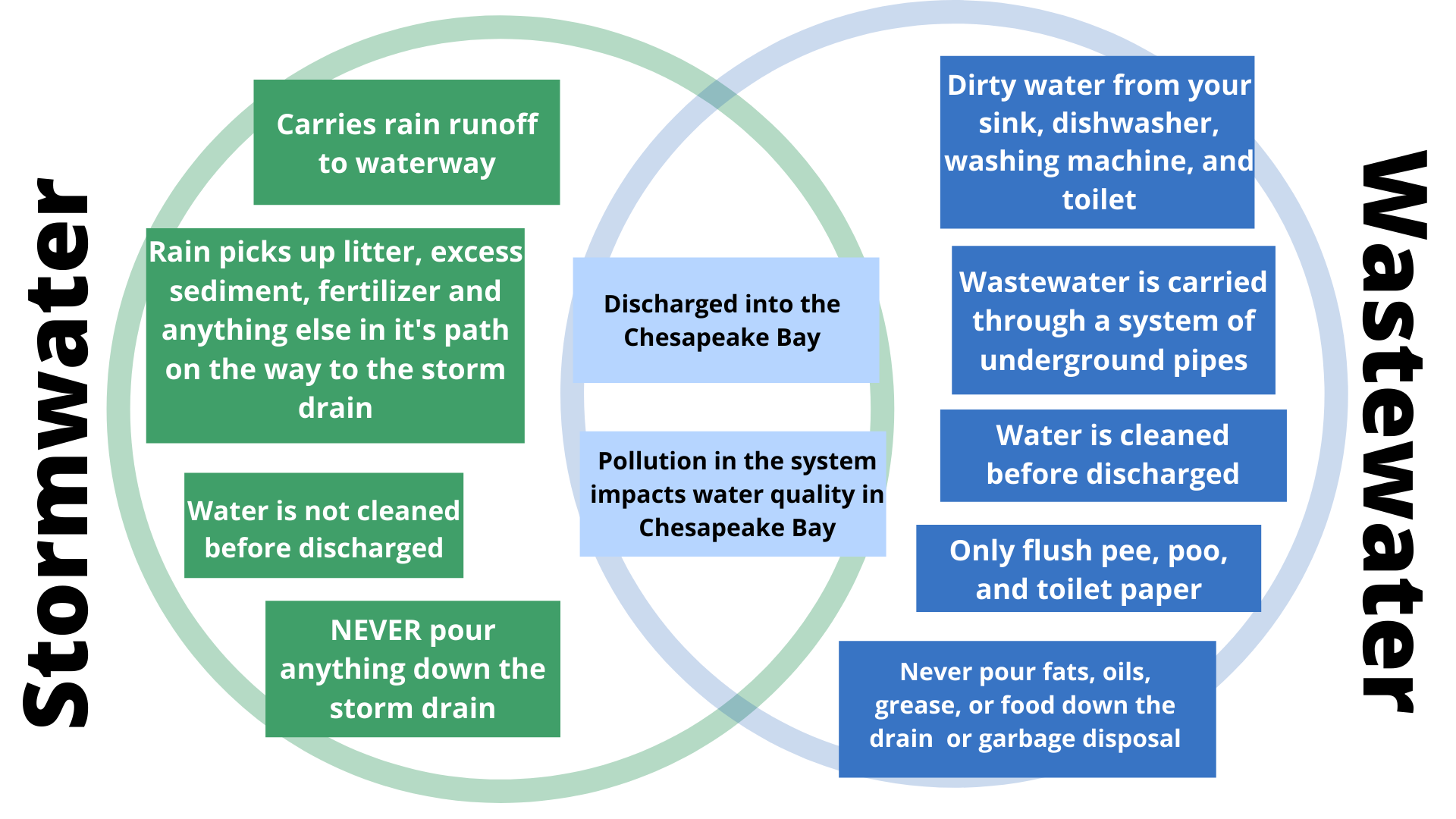Published on July 9, 2020
This year, the COVID-19 pandemic swept through countries around the world. People were encouraged to stay home, increase hand washing, and wear personal protective equipment (PPE) such as face masks. Although the stay at home order proved to be beneficial to the Earth, one pandemic social behavior had the opposite effect: littering COVID-19 PPE. Littering continues to be a problem for communities around the world. Lately, however, communities have noticed an increase in COIVD-19 PPE litter.
Common COVID-19 PPE includes disposable face masks, gloves, and wipes. An increasing amount of these items are currently being found on the ground, inside storm drains and at wastewater treatment plants. Littering and the improper disposal of items is not a new concept. According to key findings from Keep America Beautiful in 2010, over 51 billion pieces of litter appear on U.S. roadways each year.
There’s no such thing as “away”
Annie Leonard once stated, “There is no such thing as ‘away’. When we throw something away, it goes somewhere”. This is important to consider when talking about litter. When litter is tossed on the ground, it doesn’t just go away. It travels by wind or rain and almost always ends up our waterways.
Litter on the Ground Travels to Storm Drains
Storm drains are structures built to carry water from rain and runoff to nearby bodies of water. When it rains, water from roofs, driveways, sidewalks, parking lots, and gutters collects everything in its path and carries it to the nearest body of water. This means dirt, fertilizer, dog poop, oil, chemicals, and litter are also carried to the water.

Even without rain, litter almost always ends up in the water. How? Scientists tracked one littered cigarette butt from the hills of Los Angeles to a beach 13 miles away. Despite it being a dry day, the litter was still dumped into the ocean via the region’s storm drain system.
 Why is this significant? Hampton Roads is a water-rich region. To travel to just about any city in Hampton Roads, you must cross a body of water. If fact, we are so water rich we often take water for granted and forget we must do our part to protect it. Water flowing through storm drains is untreated. There is no cleaning system to separate out pollutants and litter before they flow to local rivers, which eventually empty into the Chesapeake Bay. With more COVID-19 PPE being littered on the ground, this means more pollution in our waterways.
Why is this significant? Hampton Roads is a water-rich region. To travel to just about any city in Hampton Roads, you must cross a body of water. If fact, we are so water rich we often take water for granted and forget we must do our part to protect it. Water flowing through storm drains is untreated. There is no cleaning system to separate out pollutants and litter before they flow to local rivers, which eventually empty into the Chesapeake Bay. With more COVID-19 PPE being littered on the ground, this means more pollution in our waterways.
Wipes Wreak Havok
As masks and gloves are increasingly being found on the ground, another COVID-19 related item is also being improperly disposed of: wipes. I’m sure we all remember the great toilet paper shortage of Spring 2020. One of the consequences of this shortage was a shift of people turning to wipes as an alternative to toilet paper. Instead of placing wipes in the trashcan however, people were flushing wipes down the toilet! Contrary to the language written on packaging, wipes are NOT flushable.
Wipes don’t break down in water. When flushed down the toilet, they can clog up pipes in your home and cause sewer backups. If the wipes make it to our treatment plants, it can cause damage to the equipment. At the Nansemond Treatment Plant for example, the surge of wipes traveling to the treatment plant was so bad it caused damage to one of the bar screens.

The difference between stormwater and wastewater
Unlike water in storm drains which is untreated, the dirty water that flows to the wastewater treatment plant is treated before it flows into local rivers, which eventually empties into the Chesapeake Bay. In Hampton Roads, your local wastewater utility is HRSD. Wastewater cleaned by HRSD must meet strict state and federal guidelines before it is put into the Chesapeake Bay. To see the similarities and differences of a storm drain and wastewater treatment plant, see the diagram below.

COVID-19 has brought about many changes for all of us. What is important to remember is that we must each do our part to protect our public health and also protect the health of our environment. This includes using PPE to stay safe and properly disposing of it to keep our waterways safe as well.